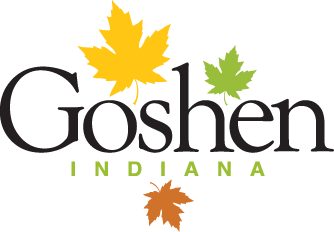Last month the Department of Environmental Resilience and its AmeriCorps members worked with Maple City Health Care Center’s (MCHCC) Vista location to plant a small community food forest for the patients and staff.
The Vista Food Forest presents a unique opportunity for our community to learn about sustainable gardening, acquire valuable agricultural skills, and support our local food system. By promoting food sovereignty, the Vista Food Forest will engage community members in small-scale garden cultivation. Ultimately, the Vista Food Forest will foster local garden planning, propagation, soil/water management, and local food production while enriching the community.
“Working with Maple City Health Care Center on this food forest project was truly a delight. I’m excited to see the forest mature and the effect it is going to have on Vista’s patients and staff,” said Levi Moser, an Environmental Resilience AmeriCorps volunteer. “Hopefully, this project will encourage more people to see the possibilities they have to grow plants in their own backyards.”
Food forests are organized differently than typical gardens. Instead of planting in rows or beds, food forests are organized by layers. Typically, a food forest comprises seven layers that support each other differently:
- The canopy layer, large fruit and nut trees
- The understory layer, dwarf fruit trees
- The shrub layer, raspberries, blueberries, honeyberries, etc.
- The herbaceous layer, herbs and flowers
- The ground cover layer, strawberries, and small herbs
- The vine layer, grapes
- The root layer, carrots, and tubers.
To begin the project, a section of grass was cleared. Then, a diverse array of more than 30 varieties of edible herbs, shrubs, and trees were planted to mimic how plants grow in the wild. Ultimately, this growing method will require less labor than a traditional garden.
As the trees mature, the canopy of the food forest will be comprised of pecan and eastern redbud trees, offering the other plants cover from the peak of the sun’s heat. The understory is bustling with multiple raspberry, fig, blueberry, and honeyberry bushes, which are crucial in attracting pollinators. At ground level, herbs such as peppermint, oregano, and thyme are ready to suppress weeds as the forest matures, ensuring a healthy and thriving ecosystem.
Of the 30+ plants in the food forest, several were annuals planted in the hopes that they would reseed themselves over the following years. Squash and pumpkins were especially attractive for this food forest because they will work with the herbs to suppress weeds as they spread along the ground.
